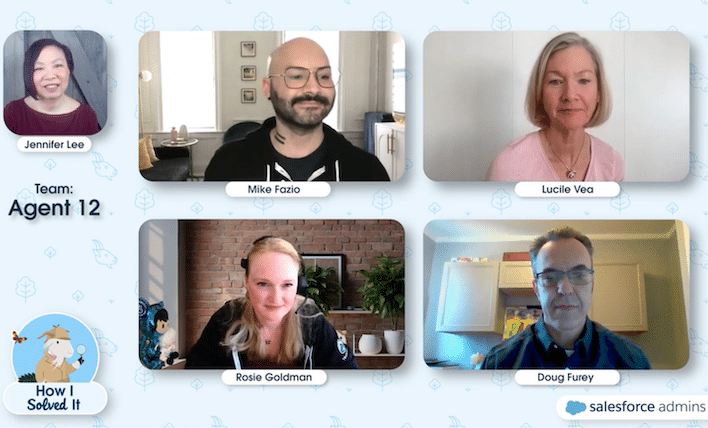Welcome to another “How I Solved It.” In this series, we do a deep dive into a specific business problem and share how one Awesome Admin chose to solve it. Once you learn how they solved their specific problem, you’ll be inspired to try their solution yourself! Watch how Team Code Cortex built an asset […]







![Flow titled ‘Hackathon_Apply for Job - V5’. The flow outlines a process with the following steps: Autolaunched Flow (Start), Get Job Candidate, Get Job Opening, Create Application, SetMessage (Assignment), and End.]](https://d3nqfz2gm66yqg.cloudfront.net/images/20250312083054/Image-4.png)





